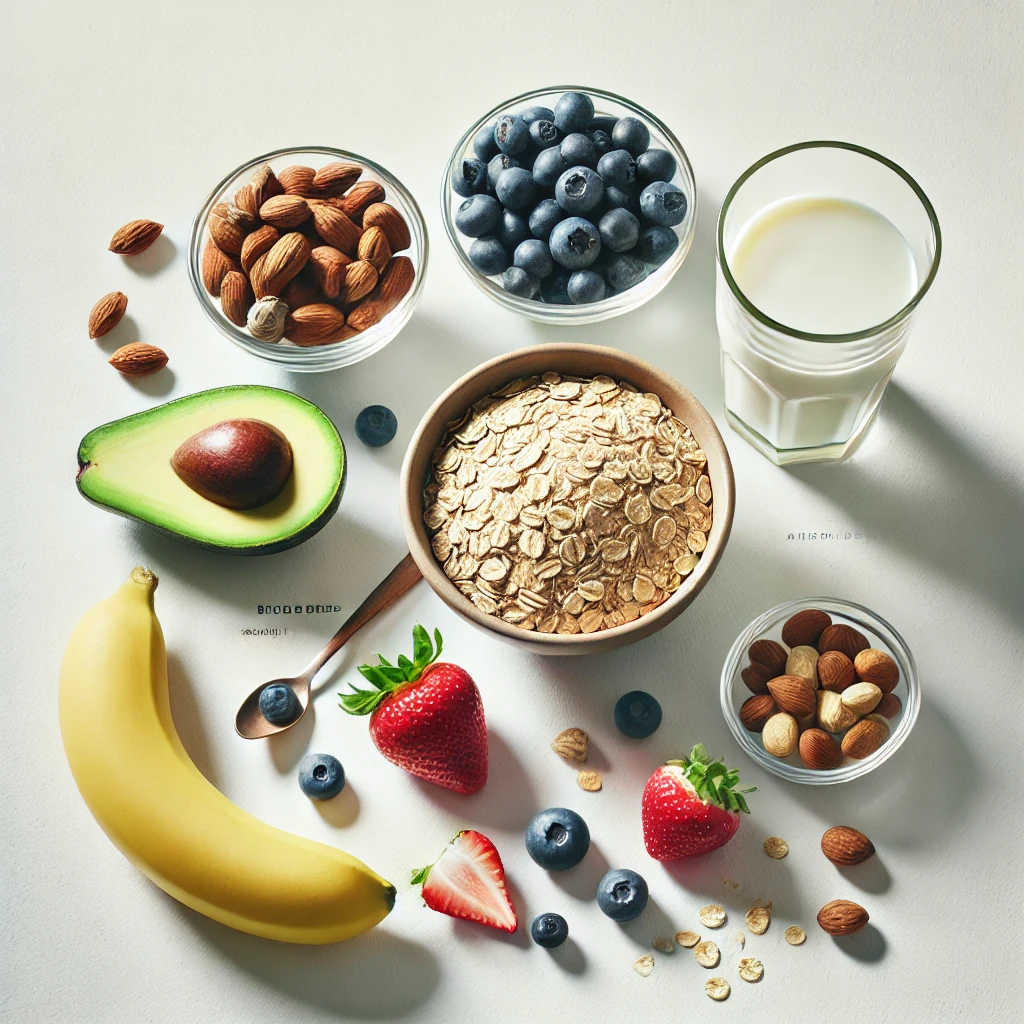Breakfast: The Key to Starting a Healthy Day
Breakfast is often regarded as the most important meal of the day in modern society. But what constitutes the “healthiest breakfasts”? This question has drawn considerable attention. Based on research and expert advice, nutritionists and… Breakfast: The Key to Starting a Healthy Day

